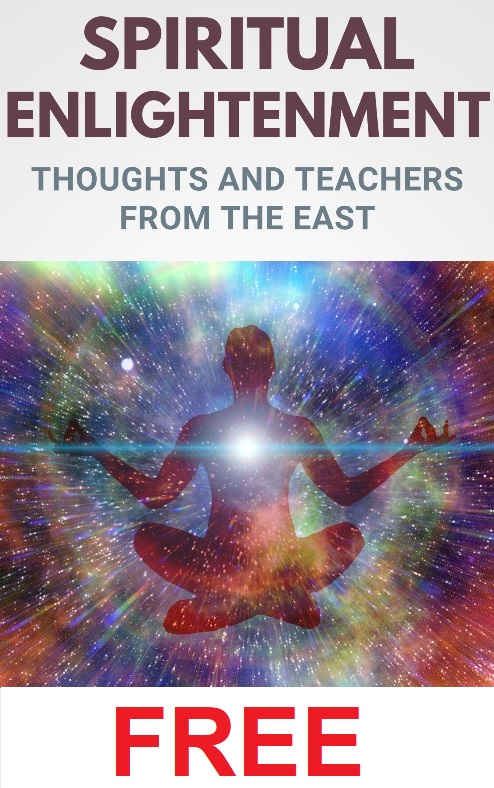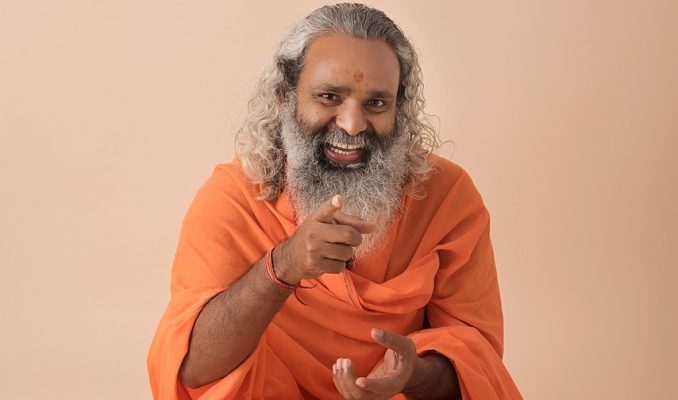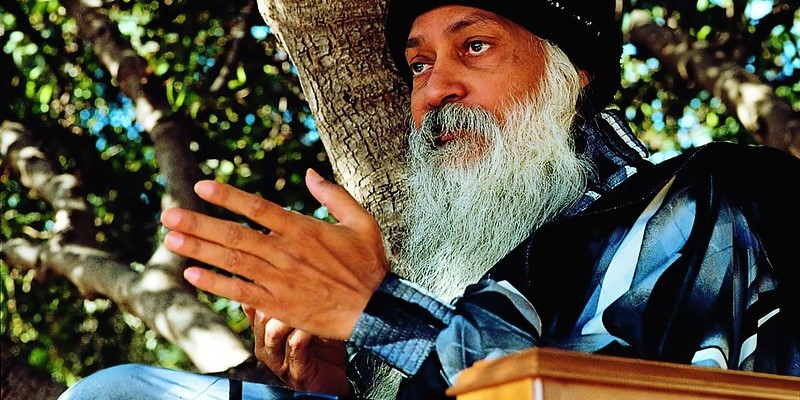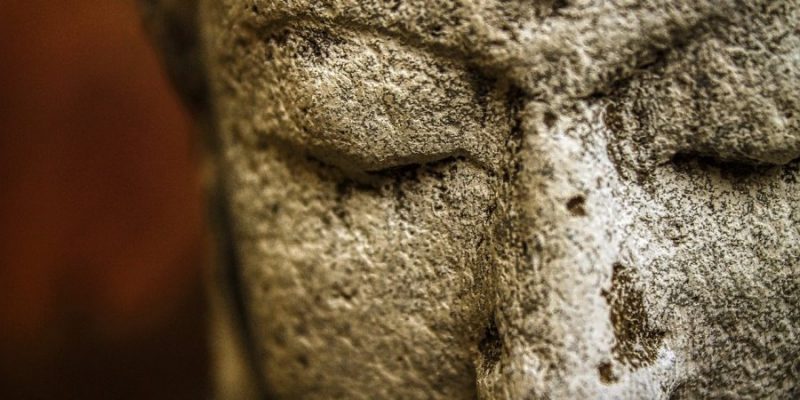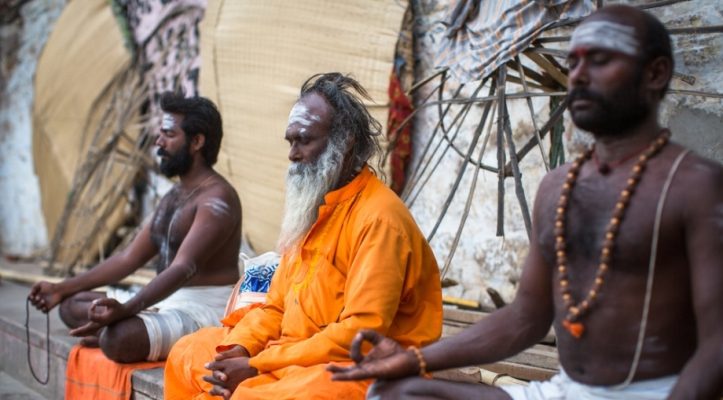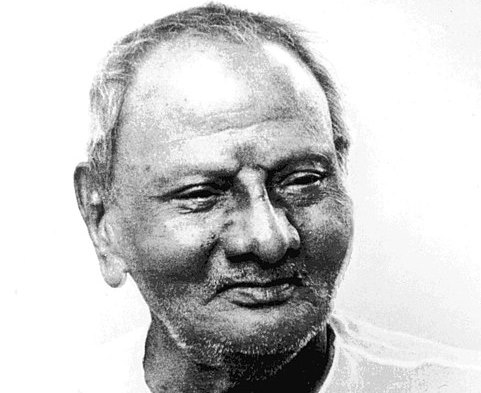
In 1989, I stumbled upon the book I Am That from Sri Nisargadatta Maharaj. It was an event that changed my life’s direction. Already on reading the first page I knew, I sensed, that this was what I had been looking for.
It isn’t just an ordinary book, but a publication of questions and answers between Sri Nisargadatta and “seekers of truth” given during Satsang, based on original tape recordings from Maurice Frydman.
The title “I Am That” of the book refers to one of the Great Advaitic Contemplations (Mahavakyas), which is known as Tat Tvam Asi, usually translated as “You Are That”. Nisargadatta said the following about this: “To stabilize me in this eternal principle, my Guru initiated me by pronouncing the sacred words Tat Tvam Asi, which means ‘I Am That.’ From that moment onwards, I lost all interest in worldly affairs. These sacred words are called the Maha-Vakya, which is a profound statement charged with sublime meanings.”
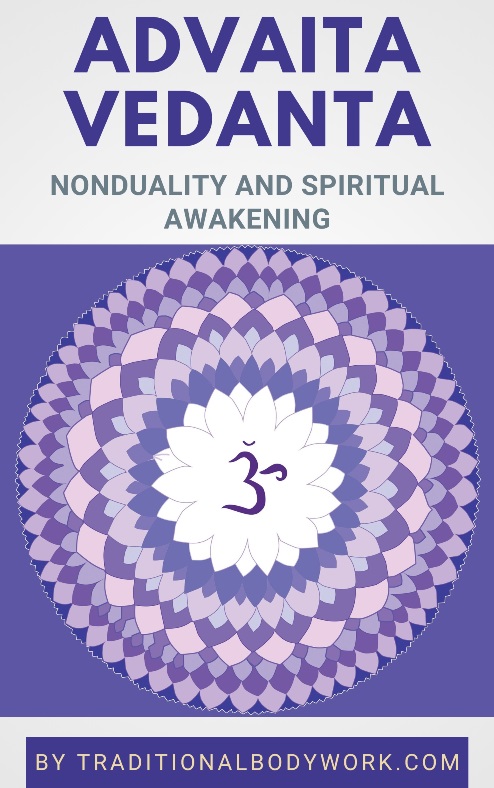
I soon found out that Nisargadatta (1897 – 1981) was a Guru who had lived in Mumbai (India) and was a representative of an Advaita Vedanta lineage. This subsequently awakened my deep interest for Advaita philosophy and teachings, and my longing to visit India and learn more about it. I did finally go to India, but only twenty years later, to visit Ramesh Balsekar in Mumbai a former disciple of Nisargadatta, but then — well, that’s a whole other chapter of my life.
Nisargadatta Maharaj met his own Guru, Siddharameshwar Maharaj, in the year 1933. With regard to his own quest to attain Self-Realization, Nisargadatta often said the following: “When I met my Guru, he told me: ‘You are not what you think you are. Find out what you are. Watch the sense I am that arises in you, and find your Real Self.”
In fact, Nisargadatta wasn’t really “a seeker” before he met his Guru. A friend brought him to Sri Siddharameshwar, and as Nisargadatta always explained: “I simply believed what my Guru said, I obeyed him, because I trusted him. I did as he told me. All my spare time I would spend looking at myself in silence. And what a difference it made, and so soon! It took me only three years to realize my true nature.”
Nisargadatta’s Guru Siddharameshwar died two and half years after their first meeting, and Nisargadatta remembered and practiced his advice, while continuing to run a small cigarette shop in Mumbai. In 1951, after receiving an inner revelation from his Guru, he began giving Satsang for seekers and devotees. These daily meetings were characterized by meditation, bhajans, pujas, and question and answer sessions. He held Satsangs during the rest of his life, until his death in 1981.
With the publication of the book “I Am That” Nisargadatta became immensely popular, notably in the West; hundreds of foreigners from all over the world started to come to his house in Mumbai, and apparently Nisargadatta once remarked about this: “I used to have a quiet life but the book ‘I Am That’ has turned my house into a railway station platform.”
Nisargadatta’s teacher and Guru was part of the Navnath Sampradaya lineage, and as such Nisargadatta is regarded as an exponent of that lineage. Nevertheless, his own style of teaching was rather informal and direct, sometimes even aggressive, and based on his own living experience. He rarely mentioned ancient scriptures, and typically adapted his teachings to the many Westerners who visited him and who didn’t have familiarity with the sacred texts or Indian traditions and customs.
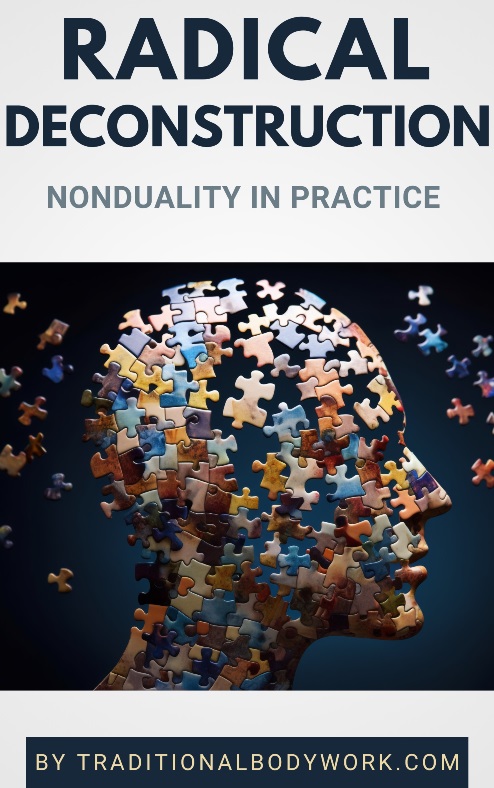
An interesting fact about Nisargadatta’s life is that he had a strong devotion to his own Guru, and although a representative of the Jnana Yoga (the Path of Knowledge or Path of Wisdom) tradition, many aspects of his life were given form as a Bhakti Yogin (the Path of Devotion). Moreover, to rather follow the Bhakti Yoga tradition and practices, was sometimes an advice he would give to some of his disciples.
The core of Nisargadatta’s message is that “You Are That,” the Ultimate Source, Absolute Awareness, and the Natural Effortless State, and that it’s only our “ignorance” and “mistaken identification with the Ego” that makes us feel and experience it otherwise. His style of “Yoga” was meditating, pondering and abiding with the sense of “I am” or “being” in us (while negating all concepts that arise in the mind), which he often called “our only asset.”
According to Nisargadatta, following that specific Sadhana would lead us “beyond being, transcending the I am” finally burning away our ignorance and reveal the truth that We Are That — Tat Tvam Asi — the Eternal Absolute State, which is the ultimate non-dual freedom from knowing and not-knowing, and from being or not-being.
Perhaps one of Nisargadatta’s most beautiful and powerful statements about his experience of the Absolute is this one, taken from the book ‘I Am That’: “Love says: ‘I am everything’. Wisdom says: ‘I am nothing’ Between the two my life flows.”

